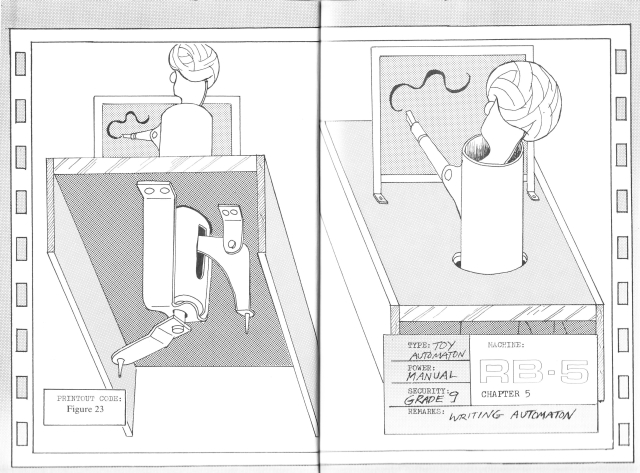
The writings of Ctesibius, Philon, and Heron, which had been preserved in the works of the Arabs and Byzantines, were brought into the popular domain once more in translations by Renaissance humanists and exercised considerable influence on scientific thought. In addition to the considerable progress that was made in the philosophy of science as well as in the sciences of astronomy and mathematics during this' turbulent period, the stage was being set for major technological developments which came to fruition in a later era. Automata had its greatest period of development following the rise of mechanicism with the revival of Greek culture during the Renaissance. From these attempts to imitate life by mechanical means, man subsequently utilized the principles involved to produce the complex mechanisms which have resulted in the technological advances of the Space Age. They constituted the first step in the realization of his dream to fly through the air like a bird, swim the sea like a fish, end to become ruler of all nature. THE FIRST COMPLEX machines produced by man were automata, by means of which he attempted to simulate nature and domesticate natural forces. We hope that construction kits like Catakit will empower children to develop curiosity about the mechanical world around them, to think about risk taking as a potentially positive experience, and to think more critically about initiative in the smart home era. We present the qualitative analysis of children's reactions to the prototype and show support for our initial goals: encourage systematic exploration of mechanical concepts and initiative over automation. We describe our design research process with six children followed by a low fidelity prototype design and evaluation. Our motivation is to contrast the rising smart home movement in industry, which we fear may decrease children's initiative if children's bedrooms become too automated.

We set out to promote children's initiative, positive risk-taking, and procedural thinking, all in the context of their bedrooms.

This paper presents the design research process of CataKit, a construction kit for children inspired by catapults, Rube-Goldberg chain reaction machines, and mechanical automata.


 0 kommentar(er)
0 kommentar(er)
